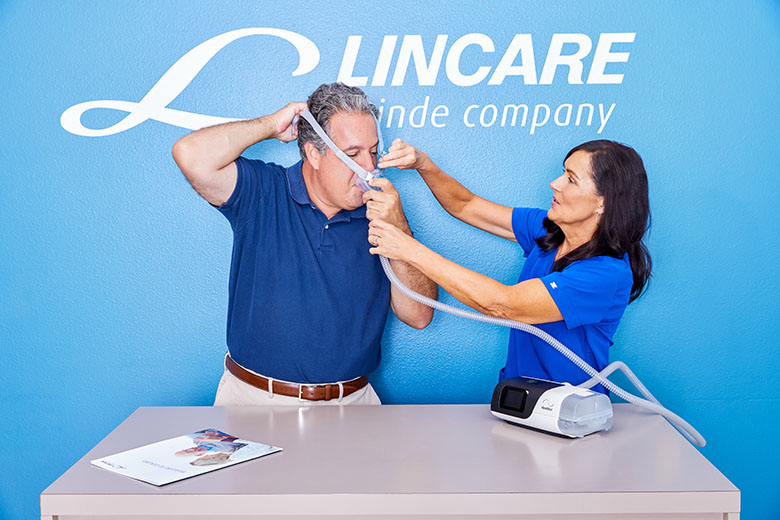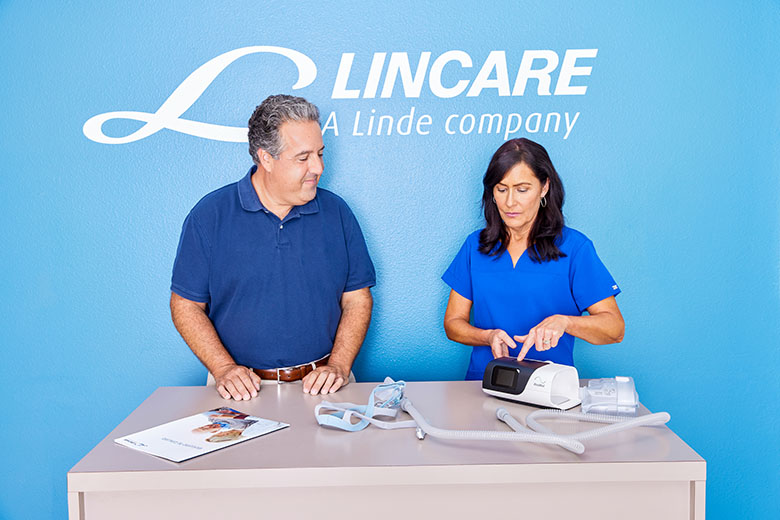Tyes of PAP Masks
Currently, there are three main types of PAP mask designs on the market: full-face, nasal, and nasal pillows. A full-face mask covers both the nose and mouth. Nasal masks are designed only to cover the nose. Nasal pillow masks only cover the nares by inserting small pillows into the nostril, which then forms a seal.
Masks for Each Sleep Position
- Side Sleepers: If you primarily sleep on your side, you should consider a mask that is designed to accommodate this position. Look for a less bulky mask with a streamlined design to prevent the mask from digging into your face. Nasal pillows or nasal masks are often good options for side sleepers, as they are less intrusive. For the most effective therapy, you may need to apply a chinstrap if you are a mouth breather with a nasal mask. This will help reduce the side effects of mouth breathing, such as sore throat and dry mouth. The mask should be adjusted to ensure a secure fit, as side sleepers may experience more movement during the night.
- Stomach Sleepers: A mask that allows a comfortable and stable position is essential for those who prefer to sleep on their stomach. Generally, nasal pillows or nasal masks work well for stomach sleepers, as they do not restrict the movement of your head. It is crucial to ensure that the mask doesn’t push into your face, causing discomfort or making it difficult to breathe.
Consider a lightweight, minimalistic design that allows you to sleep without feeling constricted.
- Back Sleepers: Back sleepers have the advantage of being able to choose from a wider range of PAP mask options. Since the airway is more open in this position, you can consider full face masks, nasal masks, or nasal pillows, depending on personal preferences and comfort. However, ensure that the mask headgear provides adequate support and doesn’t slide off during the night.
- Combination Sleepers: Finding a versatile PAP mask is essential if you frequently change positions throughout the night. Look for masks that allow for easy adjustment and don’t hinder movement. Nasal masks or masks with under-the-nose designs can be suitable options for combination sleepers. These masks often provide a secure fit while allowing freedom of movement. Another option for combination sleepers is PAP masks with tubing at the top of the head, it allows for greater freedom of movement during sleep, and the tubing is less likely to get tangled or obstructed.
- Facial Hair Considerations: For individuals with facial hair, choosing a PAP mask that accommodates their facial hair is vital. Masks with silicone cushions or those specifically designed with anti-leak properties can help maintain a secure seal, even with facial hair. Nasal pillows or under-the-nose masks can be a good choice for people with mustaches or beards, as they minimize contact with the hair.

